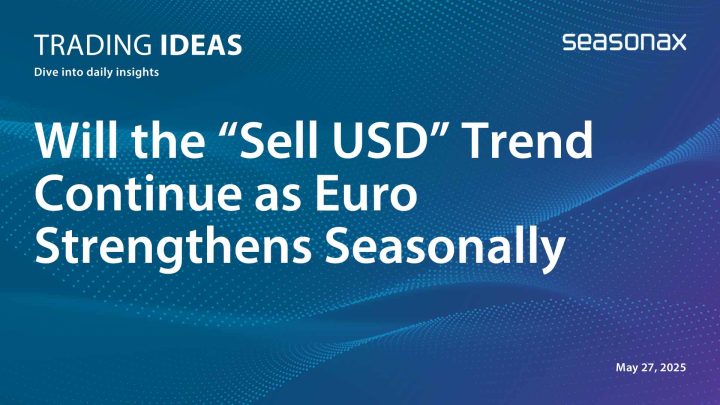
Will the “Sell USD” Narrative Keep Growing?
The seasonal pattern for EUR/USD from May 29 to June 6 favors euro strength, with a 78.57% win rate and +1.14% average return. This year, the “Sell USD” narrative may gain traction as Moody’s downgrade and China’s reduced Treasury exposure highlight US fiscal concerns. The pair nears key resistance levels that could trigger another leg higher. However, risks remain if the Fed turns hawkish or economic data surprises. The seasonal setup offers timely insight into current macro trends.




